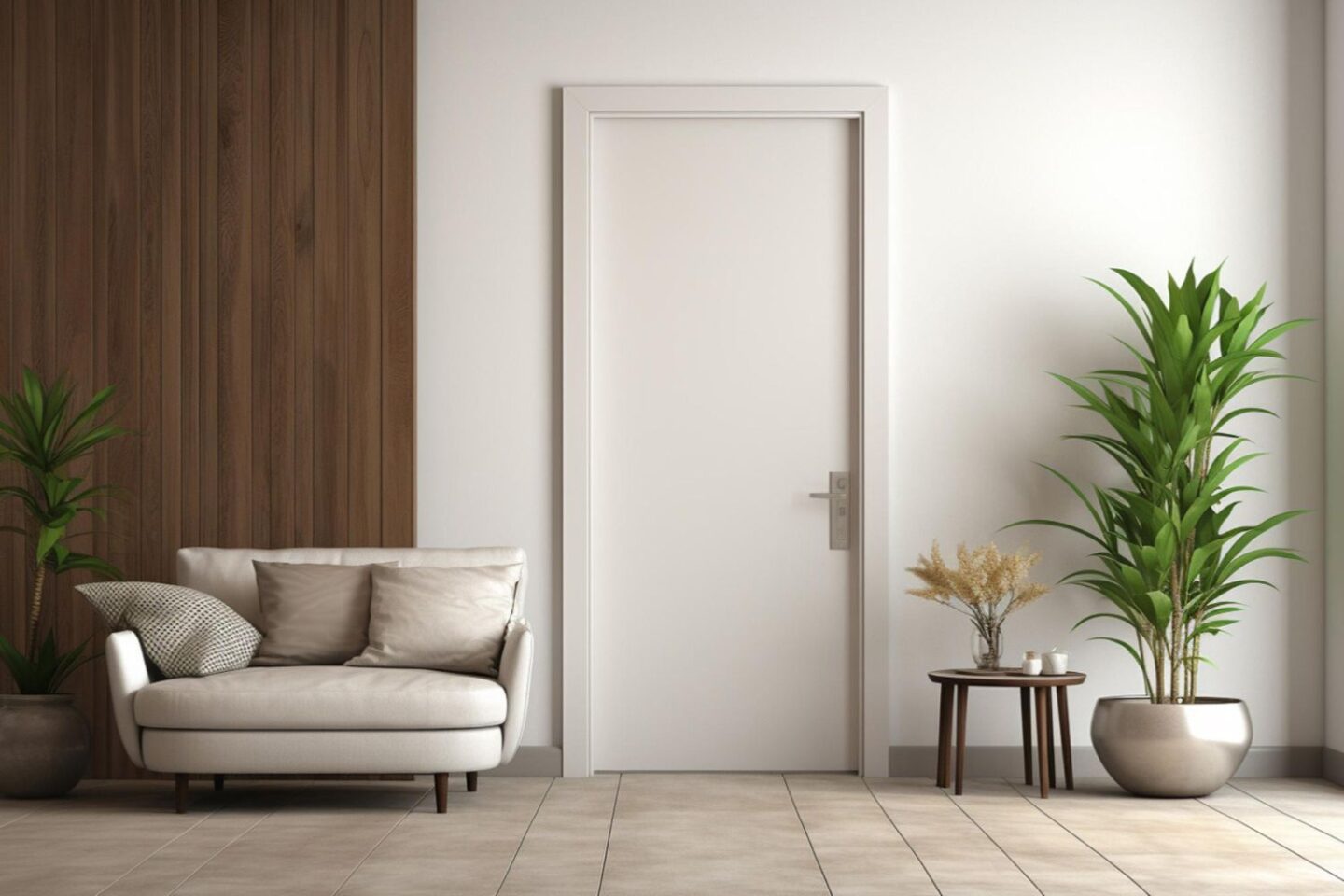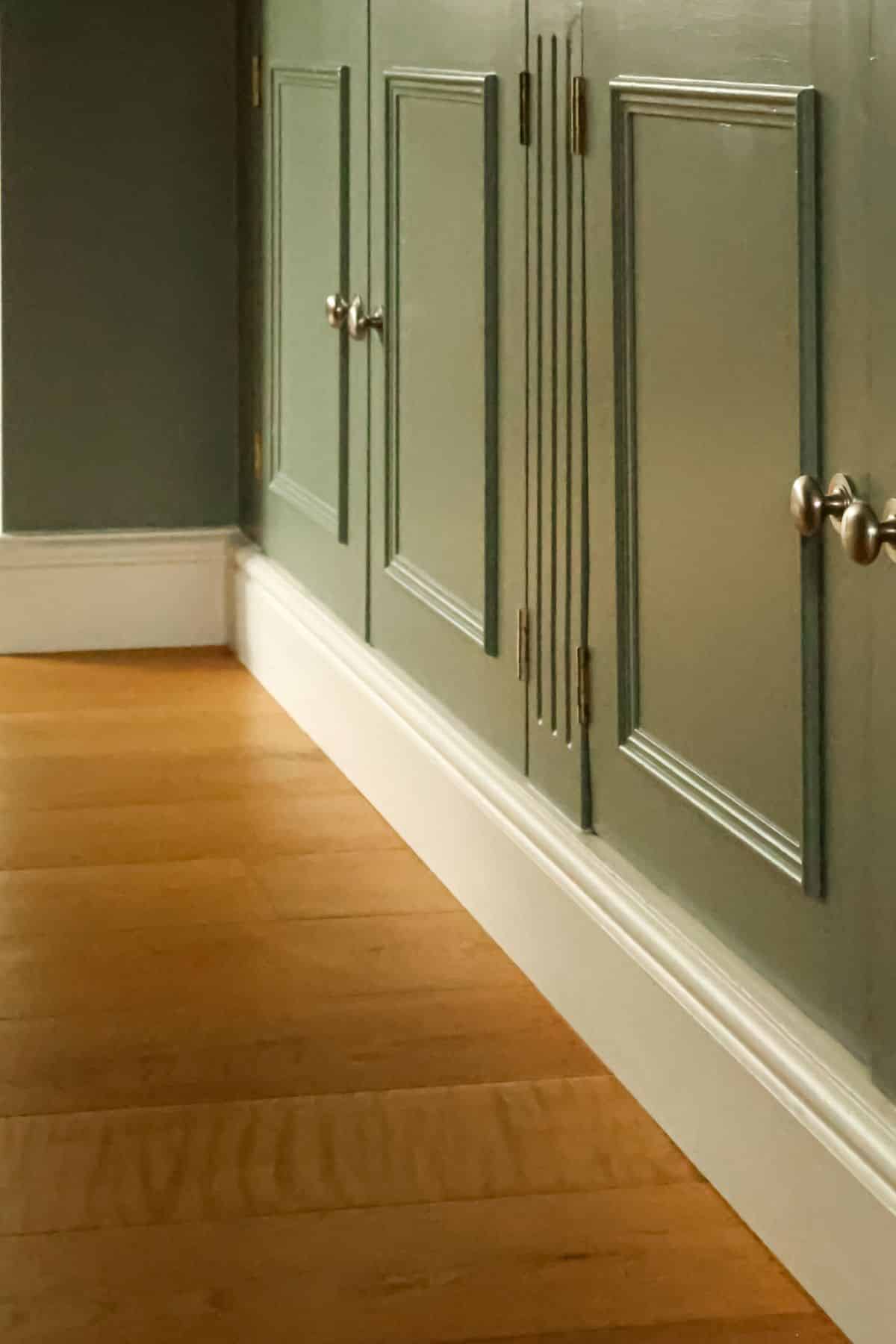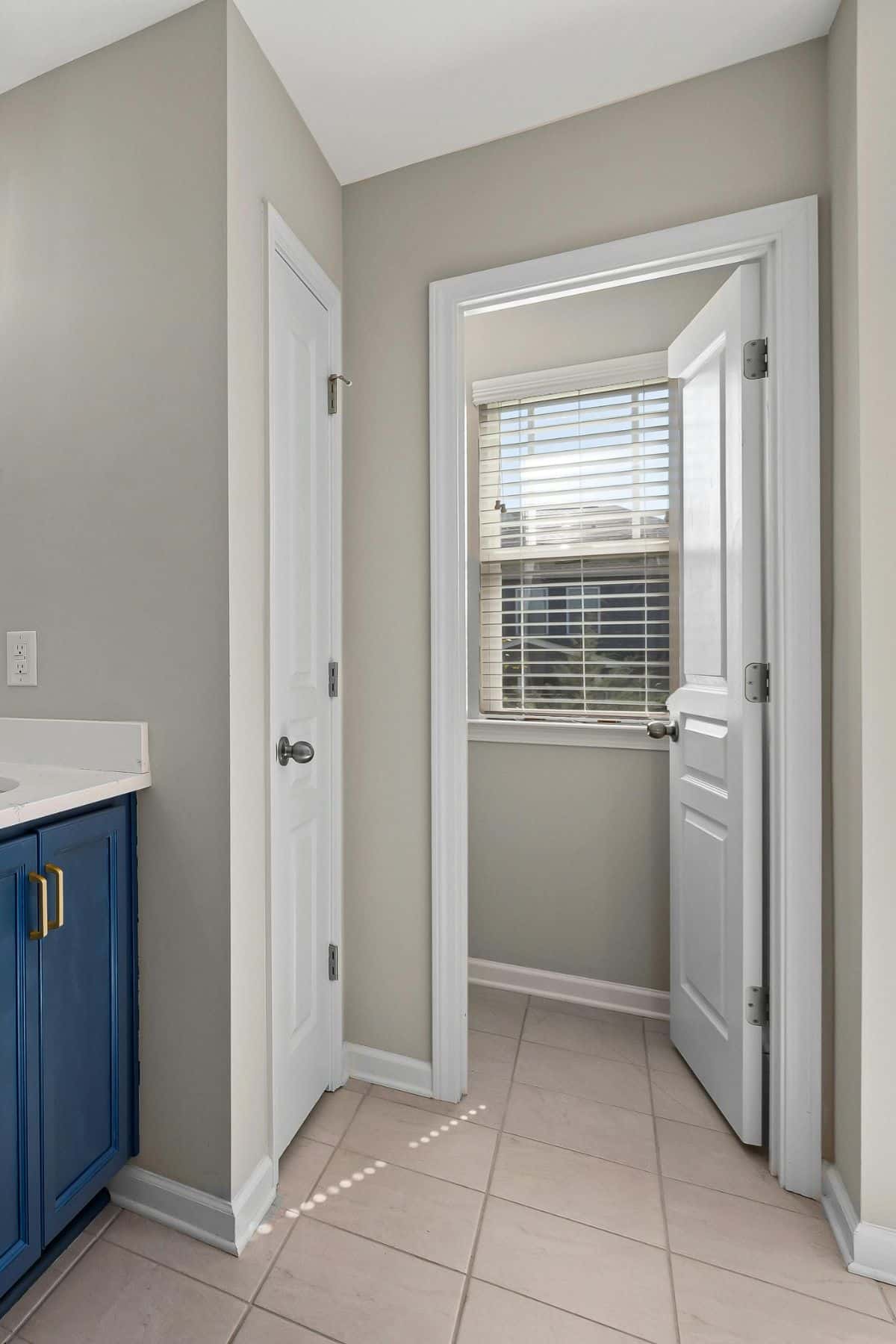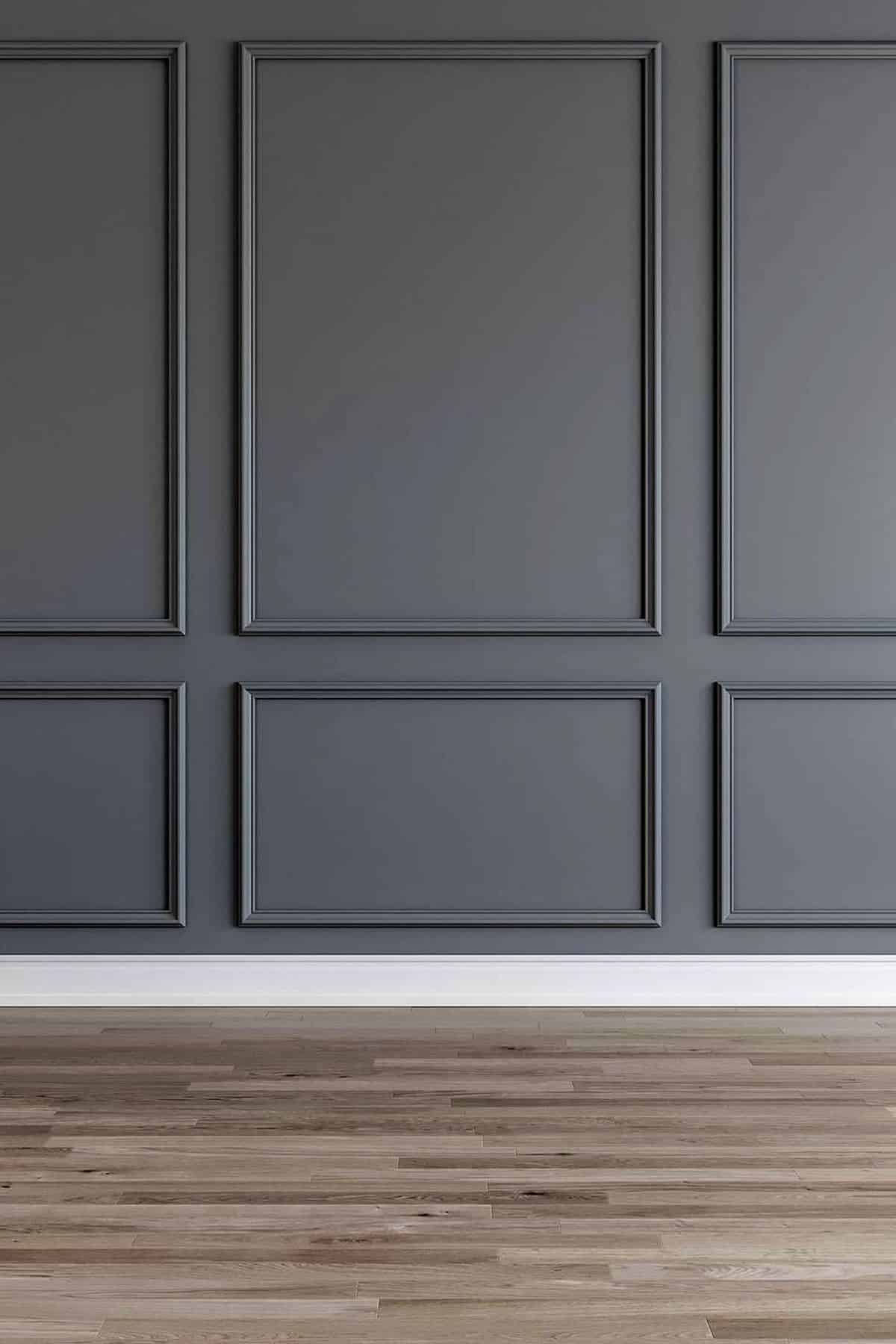
Architraves and skirting boards are often overlooked design features, yet they play a crucial role in giving a room a polished, cohesive finish.
These elements frame a space, hiding joins between walls, floors, and doorways while adding detail and style. Choosing the right skirting and architrave combination is about more than function; it’s about creating balance and harmony in your interiors.
Matching these features doesn’t have to be complicated, but it does take some planning. By considering your room’s size, style, colour scheme, and the proportions of your mouldings, you can create a seamless look that elevates your home.
Understanding the Role of Skirting Boards and Architraves
Skirting boards protect the lower part of your walls from knocks, scuffs, and daily wear, while also hiding the gap between your wall and floor.
Architraves, on the other hand, are fitted around doors and windows to conceal uneven edges and create a decorative frame. Together, they add depth, character, and definition to your rooms.
Traditionally, skirting boards are taller than architraves are wide, creating a sense of proportion. Matching these features helps achieve design flow, ensuring your space feels well thought out rather than pieced together.

Matching Profiles for a Cohesive Look
The easiest way to create a polished look is to choose skirting boards and architraves from the same design range. Many suppliers offer matching collections where the profiles align perfectly, making it simple to achieve a seamless finish.
Popular options include ogee, torus, and chamfered profiles, which suit both contemporary and classic interiors. For a minimalist look, square-edge or bullnose designs work well, while more detailed mouldings bring character to homes with period features.
For inspiration, Victorian pages showcase the decorative styles once common in traditional interiors. While plaster was historically used, MDF mouldings now provide the same refined appearance at a lower cost and with easier installation, making it a practical choice for achieving timeless style in modern homes.
Proportion and Scale Matter
Getting the proportions right is essential when matching these mouldings. A good rule of thumb is to choose architraves that are slightly narrower than your skirting boards are tall. For example, if your skirting boards are 120mm, a 70–90mm architrave is a good match. This proportion creates balance without making either feature look oversized or underwhelming.
In rooms with high ceilings, you can go for taller skirting and wider architraves to create a sense of grandeur. In smaller spaces, slimmer mouldings can make rooms feel larger and less crowded.
Colour Choices for a Unified Design
Paint colour plays a key role in tying your skirting boards and architraves together. The most popular choice is to paint both features the same colour, usually in a gloss or satin finish for durability. This creates a cohesive look and helps frame walls and doorways neatly.
For a bold, contemporary design, you could opt for a contrast. Darker mouldings against light walls add a striking edge, while matching them to your wall colour creates a more seamless effect.
When painting MDF mouldings, always prime and sand them before applying your top coat to achieve a professional finish.

Choosing the Right Material
MDF skirting boards and architraves are an excellent choice for most homes. They are affordable, smooth, and free from imperfections like knots or grain patterns, making them ideal for painting. MDF skirting mouldings are more stable than natural timber, meaning it won’t warp or crack as easily, even in rooms with fluctuating temperatures.
For areas prone to moisture, such as bathrooms or kitchens, moisture-resistant MDF is a practical option. Timber mouldings are also available for those who want a natural wood finish, though they require more maintenance. The British Woodworking Federation offers guidance on choosing the best materials for your home projects.
Consistency Throughout Your Home
To achieve a high-end look, it’s worth using the same style of skirting and architraves throughout your property. This creates design continuity, making your home feel more spacious and coordinated.
If your home has different flooring types in different rooms, consistent mouldings help tie everything together. The same principle applies if you are combining modern and traditional design elements—keeping mouldings consistent will balance out the contrasts elsewhere.
How to Transition Between Different Heights
Sometimes, it’s necessary to use different heights of skirting boards in different areas, especially in homes with varying ceiling heights or extensions. When this happens, choose the same profile design to keep a consistent look. The difference in height will be less noticeable if the style is the same, especially when painted in a single colour.
This technique also works when you want to use bolder, taller skirting boards in key rooms like the living room or hallway while keeping slimmer mouldings in bedrooms or smaller spaces.
Consider Your Doors and Frames
When matching architraves with skirting boards, think about your doors and door frames. Wider architraves are ideal for creating a more dramatic entrance, while slimmer architraves look neater in compact areas.
If you’re installing new doors at the same time, consider choosing door styles that complement your mouldings. For example, shaker-style doors pair well with square-edged architraves, while traditional panelled doors suit ogee or torus profiles.
Installation Tips for a Professional Finish
For a seamless look, make sure your skirting boards and architraves are installed with precision. Mitred corners, neat joins, and smooth caulking can elevate the overall appearance. MDF mouldings are straightforward to install and can be cut easily to size, making them suitable for DIY projects.
Professional installers can ensure perfect alignment, especially in older homes where walls and floors might not be completely level. Taking care during installation will make your paintwork look cleaner and your mouldings last longer.
Adding Extra Detail with Beading and Panelling
If you want to take your design a step further, you can pair skirting and architraves with decorative elements such as beading or wall panelling. Beading adds subtle detail to mouldings, while MDF panelling is a popular way to create a bespoke look.
This layered approach works well in period homes but can also be adapted to modern spaces by using simple, clean lines. Adding these features is an easy way to give your home a high-end feel without a full renovation.

Matching your architraves with your skirting boards is an essential step in achieving a polished and cohesive interior. By selecting complementary profiles, choosing the right proportions, and sticking to a consistent colour palette, you can create a timeless look that enhances your home. MDF mouldings are a practical choice for most properties, offering durability, versatility, and an excellent paint finish.
Whether you prefer a traditional style or a contemporary design, the right combination of skirting boards and architraves can tie your décor together and add character to every room.
Investing in quality mouldings and professional installation will give you a finish that stands out for all the right reasons.
